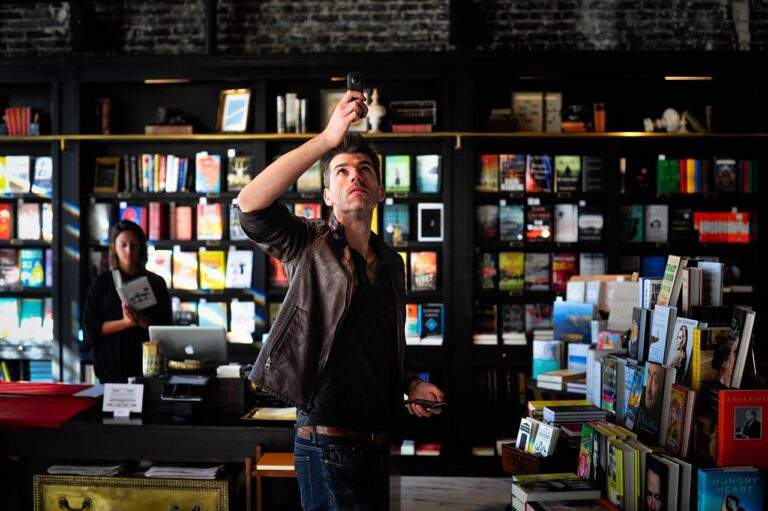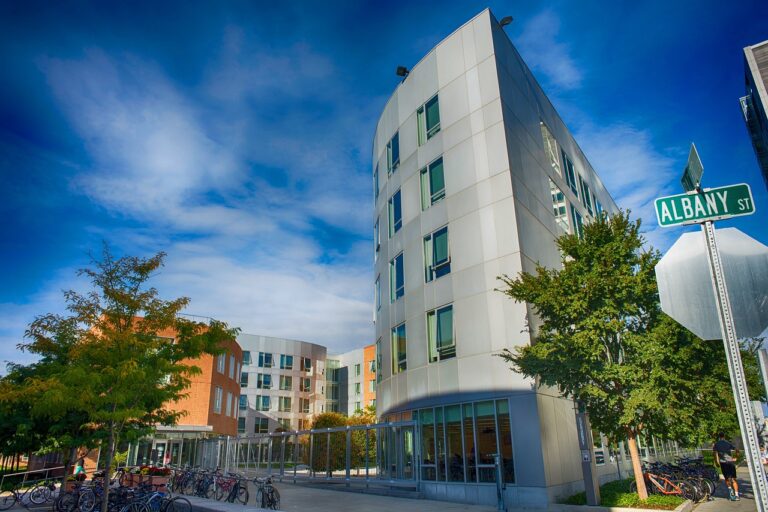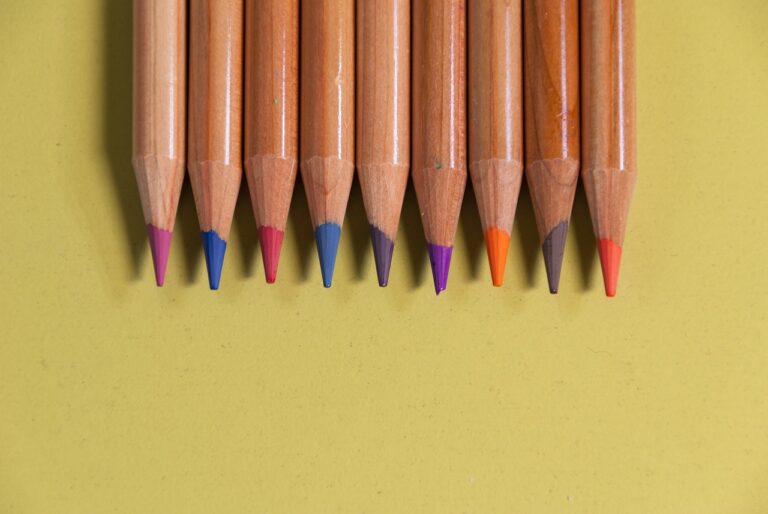The Importance of Social-Emotional Learning in Physical Education
Social-emotional learning plays a crucial role in physical education by fostering holistic development in students. Through engaging in physical activities, students have the opportunity to build important social skills such as cooperation, teamwork, and empathy. These skills are not only vital for success in physical education classes but also in various aspects of students’ personal and professional lives.
Moreover, social-emotional learning in physical education helps students develop a positive self-concept and emotional well-being. By participating in physical activities, students can boost their self-esteem, confidence, and resilience. This, in turn, contributes to creating a positive and inclusive learning environment where students feel supported and motivated to explore their full potential.
Developing Self-Awareness in Physical Education
Self-awareness plays a crucial role in the development of students within the realm of physical education. By engaging in various physical activities, students are able to gain a deeper understanding of their own strengths, weaknesses, and capabilities. Through these experiences, they learn to recognize their physical limitations, set realistic goals, and make informed decisions about their health and well-being.
Furthermore, self-awareness in physical education enables students to cultivate a positive self-image and boost their self-confidence. As they encounter challenges and obstacles during physical activities, students have the opportunity to reflect on their performance, identify areas for improvement, and celebrate their achievements. This process of self-reflection fosters a sense of empowerment and resilience, equipping students with the skills needed to navigate the complexities of physical education with confidence and determination.
Building Relationships and Communication Skills through Physical Activity
Incorporating physical activities in the educational setting can significantly contribute to the development of relationships and communication skills among students. Through team sports, cooperative games, and partner exercises, students have the opportunity to interact, collaborate, and connect with their peers in a meaningful way. These interactions foster a sense of camaraderie and help in building a positive rapport among students, enhancing their social skills and emotional intelligence.
Engaging in physical activities also promotes effective communication among students. In team sports, clear and concise communication is essential for successful coordination and execution of strategies. By participating in activities that require verbal cues, non-verbal gestures, and active listening, students can enhance their communication skills and learn the importance of conveying their thoughts and ideas effectively. This not only improves their ability to work together as a team but also prepares them for future interactions in various personal and professional settings.
• Team sports, cooperative games, and partner exercises allow students to interact and collaborate with their peers
• Foster a sense of camaraderie and build positive rapport among students
• Enhance social skills and emotional intelligence through meaningful interactions
• Promote effective communication through clear and concise communication in team sports
• Develop verbal cues, non-verbal gestures, and active listening skills
• Prepare students for future interactions in personal and professional settings
Why is social-emotional learning important in physical education?
Social-emotional learning helps students develop skills like teamwork, communication, and empathy, which are essential for success both in and out of the classroom.
How can physical education help students develop self-awareness?
Physical education provides opportunities for students to better understand their strengths, weaknesses, and preferences in terms of physical activity, leading to increased self-awareness.
How can physical activity help students build relationships?
By participating in physical activities together, students have the opportunity to bond over shared experiences, build trust, and develop friendships, ultimately strengthening their relationships.
In what ways can physical activity improve communication skills?
Physical activity often requires students to communicate with their peers in order to coordinate movements, make decisions, and provide feedback, helping them develop effective communication skills.







